Willow Tree
- November 7, 2023
- 0 comment
Willow trees, scientifically classified under the Salix genus, are a diverse group of deciduous trees and shrubs that are known for their graceful, slender branches and distinctive leaves. These trees are commonly found in various parts of the world, particularly in temperate and cold regions, and their branches are often used for crafting baskets, furniture, and other items due to their flexibility.


Willows are known for their rapid growth, and their roots are often used to stabilize soil along riverbanks and prevent erosion. In addition to their practical uses, willow trees have a rich cultural and historical significance, often associated with symbols of renewal, healing, and protection.
Whether it’s the weeping willow with its cascading branches or the more compact varieties, willow trees continue to be valued for their beauty and utility in various aspects of human life.
| Characteristics | Description |
| Scientific Genus | Salix |
| Common Name | Willow Trees |
| Type | Deciduous trees and shrubs |
| Branch Characteristics | Graceful, slender, flexible |
| Leaves | Distinctive, often elongated and narrow |
| Habitat | Temperate and cold regions worldwide |
| Growth Rate | Rapid growth |
| Soil Stabilization | Used to prevent erosion along riverbanks |
| Cultural and Historical Significance | Symbols of renewal, healing, and protection |
| Species Diversity | Over 400 species within the Salix genus |
| Uses | Branches are used for crafting baskets, furniture, and more |
| Iconic Varieties | Weeping Willow (Salix babylonica), White Willow (Salix alba) |
| Environmental Impact | Valuable for wildlife habitat and riverbank stability |
| Aesthetic Appeal | Known for their beauty and elegance |
| Symbolism | Often associated with sadness and mourning, as well as flexibility and adaptability |
Botanical Beauty of “Willow Trees”

Willow trees, known scientifically as Salix, are remarkable examples of botanical beauty. Their slender branches and distinctive leaves make them stand out in any landscape. These deciduous trees and shrubs are renowned for their graceful appearance, and they come in a wide variety of species. Let’s delve into the captivating world of willow trees and discover the secrets of their natural allure.
Woodland Elegance
Willow trees are often associated with a sense of woodland elegance. Their branches gracefully sweep the air, creating a tranquil and soothing atmosphere. The elongated, narrow leaves of these trees add to their charm, and when they sway in the breeze, they create a mesmerizing dance of light and shadow. The beauty of willow trees has inspired artists, poets, and nature enthusiasts for generations.
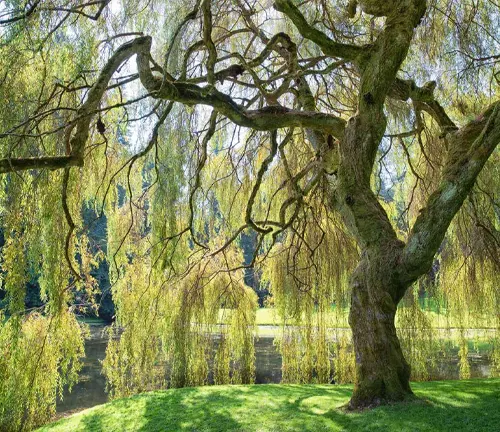
Ecological Importance
Beyond their aesthetic appeal, willow trees play a crucial role in the ecosystem. They provide essential habitat and sustenance for various wildlife species. Willows are often found near water bodies, making them a valuable resource for animals seeking food and shelter. These trees contribute to biodiversity and are vital to the health of riparian ecosystems.
Cultivation and Conservation
Cultivating willow trees can be a rewarding endeavor. They are relatively fast-growing and adaptable, making them suitable for a range of environments. However, many willow species are also endangered due to habitat loss and degradation. Conservation efforts are underway to protect these valuable trees and their ecosystems, emphasizing the need to balance cultivation with the preservation of willow oak tree farm.
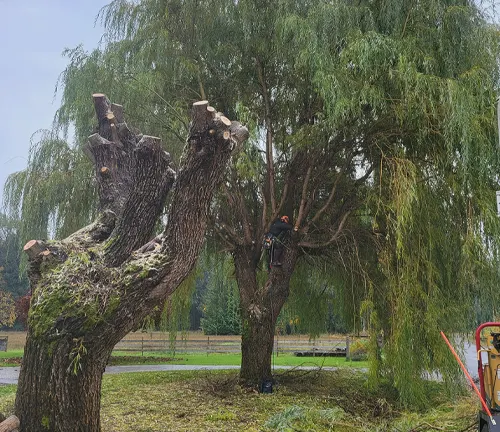
Fragrance
The willow tree isn’t just a visual delight; it also delights the olfactory senses. In the spring, when willows burst into bloom, they release a subtle, sweet fragrance. The delicate scent is a sign of new beginnings and the changing of seasons, adding a sensory dimension to the tree’s charm.
Soil Stabilization
Willow trees have an impressive knack for soil stabilization. Their intricate root systems help prevent erosion along riverbanks and waterways. This critical function makes them indispensable in regions prone to flooding and soil erosion. Willows hold the earth together while gracing it with their presence.
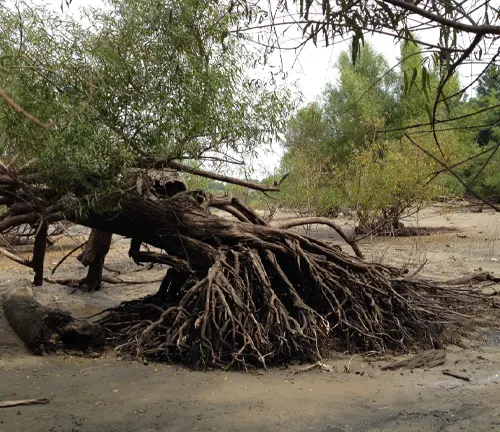
Common Uses
The usefulness of willow trees extends beyond their ecological and aesthetic contributions. The flexibility of their branches has led to their traditional use in crafting. From weaving baskets and furniture to making musical instruments, the wood of these trees has been employed in various creative and practical endeavors. Their versatility and strength have made them a valuable resource for generations.

Benefits
In addition to their practical and aesthetic appeal, willow trees offer numerous benefits to both the environment and society. They provide shade, enhance the visual appeal of landscapes, and offer refuge to diverse wildlife. The wood of the willow has been used for centuries, contributing to traditional crafts and, more recently, eco-friendly practices. Their ability to stabilize soil and prevent erosion is vital for maintaining the health of ecosystems near water bodies.
Different Species
Weeping Willow
(Salix babylonica)
Perhaps the most iconic willow species, the weeping willow is known for its gracefully cascading branches that create a dramatic, weeping appearance.
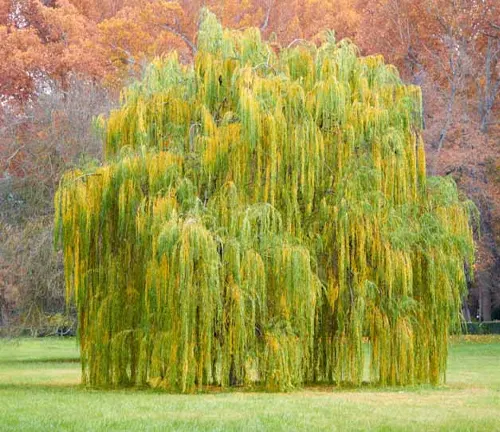
White Willow
(Salix alba)
This species is recognized for its narrow leaves with silvery undersides. It has been historically used for its medicinal properties and is the source of salicylic acid, a precursor to aspirin.
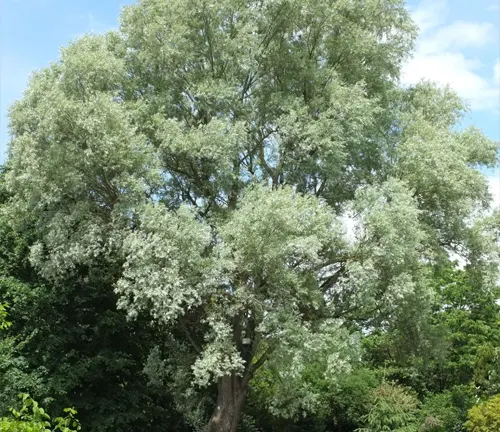
Black Willow
(Salix nigra)
Native to North America, the black willow is characterized by its dark, furrowed bark and slender leaves. It often grows along the banks of water bodies.
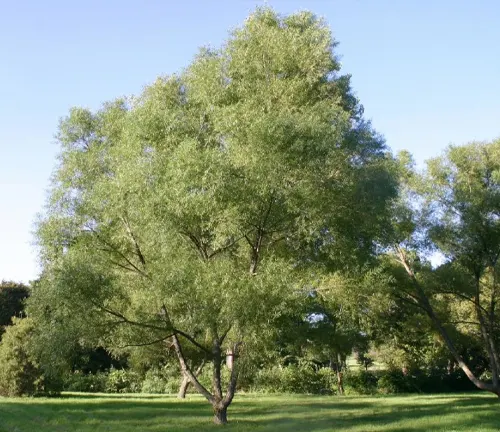
Pussy Willow
(Salix discolor)
This species is known for its furry catkins, which appear in early spring and are a distinctive feature of this willow tree.
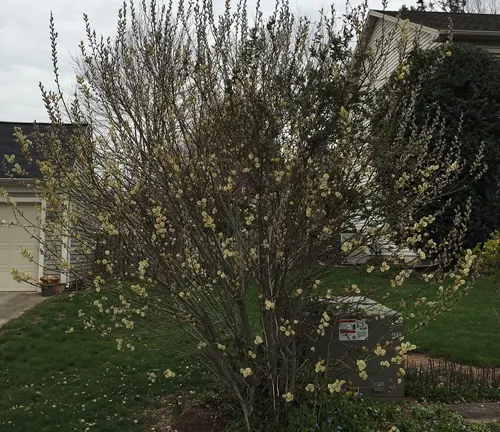
Crack Willow
(Salix fragilis)
Named for the characteristic cracking sound its branches make when they break, the crack willow has long, narrow leaves and a tall, upright growth habit.
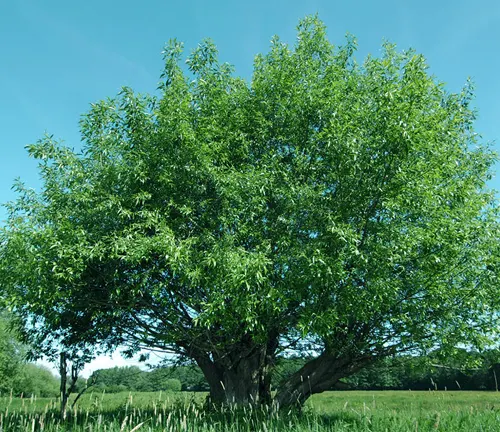
Basket Willow
(Salix viminalis)
This species is specifically cultivated for its flexible branches, which are used in basket weaving and other crafts.
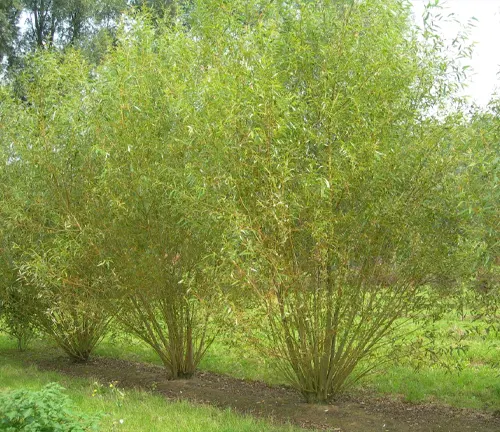
Golden Willow
(Salix alba ‘Vitellina’)
The golden willow is a cultivar of the white willow and is prized for its vibrant yellow stems, especially in the winter when the leaves have fallen.
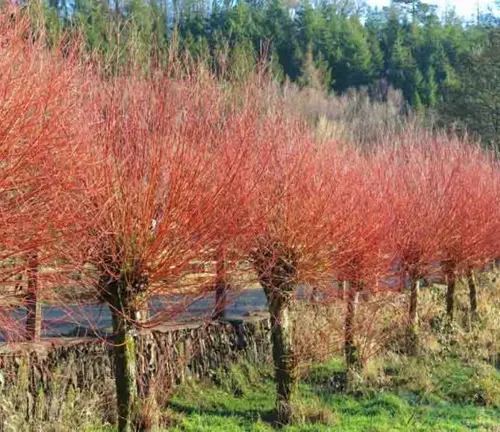
Dwarf Willow
(Salix herbacea)
This small willow species is often found in Arctic and alpine regions and is adapted to survive in harsh, cold environments.
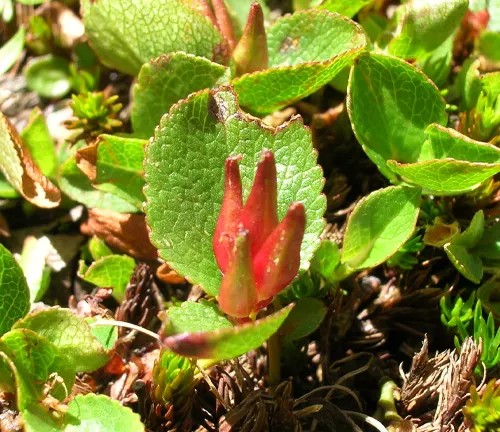
Diamond Willow
(Salix planifolia)
Native to North America, this willow tree is known for its distinctive diamond-shaped scars on its bark, created by a fungus.
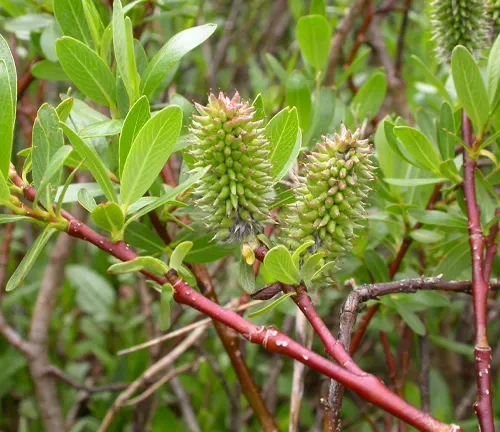
Purple Osier Willow
(Salix purpurea)
This species is admired for its striking purple stems and is often used in landscaping and erosion control.
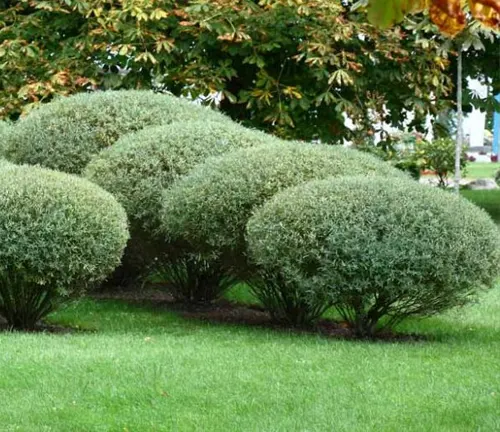
Frequently Asked Questions (FAQs)
- What are willow trees, and what makes them unique?
Willow trees belong to the Salix genus and are known for their slender branches, distinctive leaves, and graceful appearance. What sets them apart is their aesthetic beauty, ecological importance, and various practical uses. - Where are willow trees typically found?
Willow trees are found in various regions worldwide, particularly in temperate and cold climates. They are often found near water bodies, such as rivers and streams. - What are some common species of willow trees?
Common species include the weeping willow (Salix babylonica), white willow (Salix alba), and black willow (Salix nigra), among others. Each species has its unique characteristics. - What is the significance of willow trees in culture and history?
Willow trees have been associated with symbols of renewal, healing, and protection in many cultures. They have also been used traditionally in crafts, herbal medicine, and rituals. - How fast do willow trees grow?
Willows are known for their rapid growth, making them an excellent choice for quick shade, erosion control, and landscaping. - Are there any environmental benefits to planting willow trees?
Yes, willow trees contribute to biodiversity, provide habitat for wildlife, and stabilize soil along water bodies. They are essential for maintaining the health of riparian ecosystems. - Can willow trees be planted and cultivated in gardens and landscapes?
Yes, many willow species can be cultivated in gardens. They are often grown for their aesthetic appeal, especially ornamental varieties. - What are the uses of willow wood?
Willow wood is flexible and has been used for crafting items like baskets, furniture, and musical instruments. It is also a source of salicylic acid, a precursor to aspirin. - How do willow trees contribute to soil stabilization and erosion control?
Willow trees have intricate root systems that help prevent soil erosion along riverbanks and other water bodies. Their roots hold the soil in place, making them a natural choice for such applications. - Are there any conservation efforts for protecting willow trees and their ecosystems?
Yes, conservation efforts are in place to protect endangered willow species and their habitats. Balancing cultivation with conservation is crucial for preserving these valuable trees.


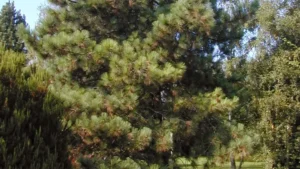

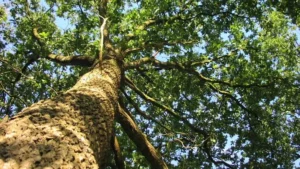
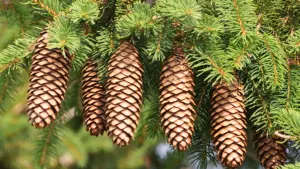
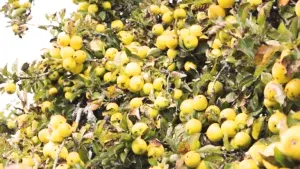

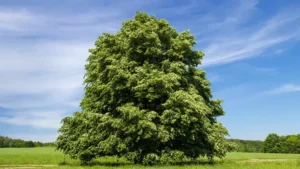


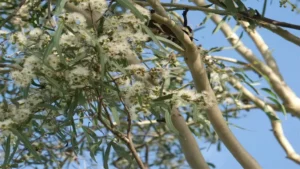


Leave your comment